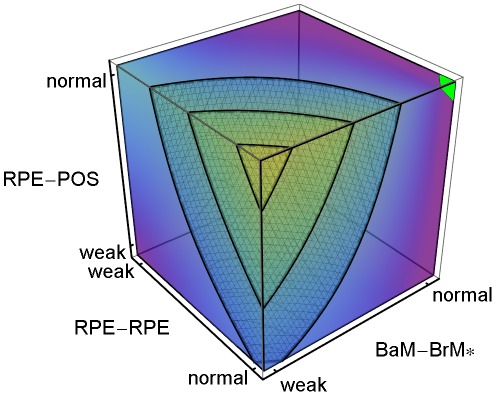Figure 6. Stable Type 1 CNV dependence on adhesion.
3D plot of the regression-inferred probability of occurrence of Stable Type 1 CNV (S11 CNV probability) using 10 simulation replicas for each adhesion scenario in the asymmetrically reduced parameter space obtained by setting RRp = RRl and RBp = 3 (indicated by the RPE-BrM* axis label). Red corresponds to a S11 CNV probability of 1 and purple corresponds to a S11 CNV probability of 0. The black region at the top-left corner indicates the locus of normal adhesion. The maximal regression-inferred probability of S11 CNV is 0.93 when RPE-RPE junctional adhesion is normal (RRp = RRl), RPE-BrM labile adhesion is severely impaired (RBl = 1), RPE-BrM plastic coupling is normal (RBp = 3), and RPE-POS labile adhesion is normal. The three isosurfaces correspond to S11 CNV probabilities of 0.25 (back), 0.5 (middle) and 0.8 (front). The five parameters and their (multi)linear combinations account for 76% of the observed variance in the probability of occurrence of S11 CNV (R 2 = 0.67). Severe impairment of RPE-POS labile adhesion and RPE-RPE junctional adhesion greatly reduces MW, so S11 CNV can only occur when both adhesion strengths are near normal. To show the structure of the isosurfaces, we have rotated the axes relative to Figure 3.

